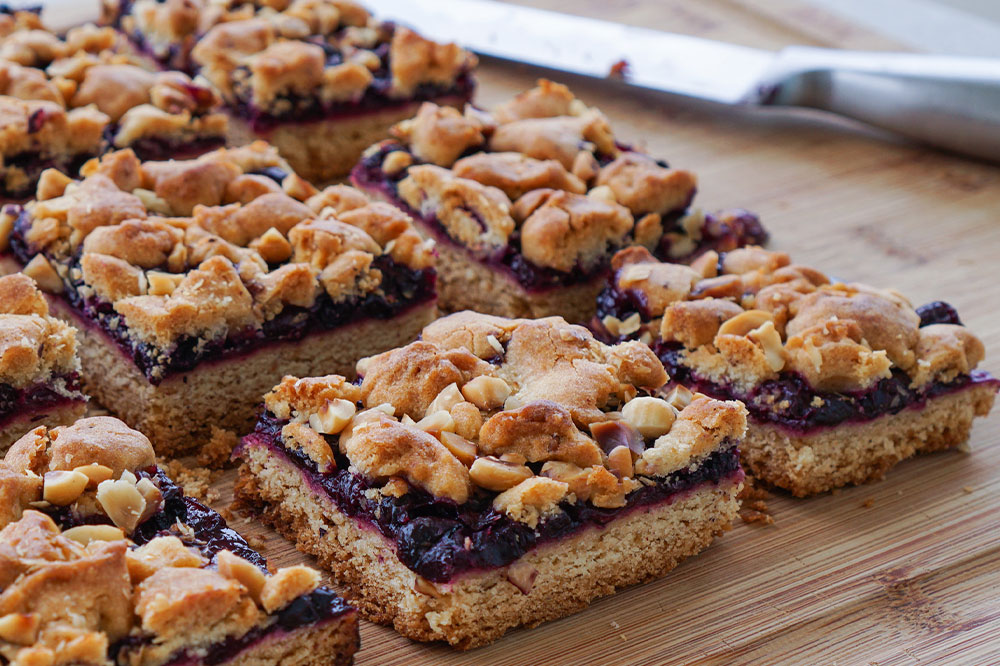7 quick homemade snack options for kids

Kids need nutrition for their physical and mental development. Therefore, it is important to include healthy foods in their daily meals. One or two basic meals a day are easy to prepare, but parents find it difficult to find healthy snacks to satiate their kids’ hunger. Working parents often face challenges since most snacks have elaborate recipes. Try these seven healthy kid snack recipes that are easy to make at home:
Rainbow fruit skewers
One of the most simple snacks involves lots of colorful fruits. This recipe has no cook time and takes less than 15 minutes to prepare. Further, this is gluten-free and vegetarian and has no added sugar. You will need a few skewers and fruits of different colors. One possible combination is raspberry, strawberry, tangerine, mango, pineapple, kiwi, red and green grapes, and blueberries. This snack has about 60 kcal per skewer, but you can change the combination with other fruits once in a while.
Chocolate-dipped banana popsicles
Most kids love reaching to the freezer and sucking on a popsicle when hungry. But the high sugar and preservative content can prove to be harmful to their health. Bananas are naturally sweet. They provide quick boosts of energy and are full of fiber. A whole banana has only 105 calories and is a good source of potassium, vitamin B6 and magnesium. Making this kid’s snack involves cutting up a banana, dipping it in chocolate sauce, topping it with sprinkles, coconut flakes, or nuts, and freezing them. Your kids will relish them!
Cauliflower popcorn
Cauliflower popcorn is a perfect snack for kids if you are up for a little effort. These white florets are rich in vitamin B6, folate, vitamin C, vitamin K, and choline. The high fiber content also helps maintain your child’s digestive health. Cauliflower is easy to prepare. First, preheat an oven to 200°C and prepare a baking tray by drizzling some olive oil over it. Cut the cauliflower into florets and boil till they become tender. Then whisk an egg and keep it aside. Next, mix almond meal, parmesan cheese, garlic powder, paprika, turmeric, and thyme in a bowl. Toss the cauliflower in the egg, add the crumb mixture, and coat evenly. Spread them on the tray and bake for 20 minutes in the oven. Remember to turn the pieces over at intervals for even roasting. When it is done, sprinkle a little sea salt and let the kids enjoy it.
Two-ingredient pancakes
Pancakes are one of the favorite kids’ snacks, so make one with bananas and eggs. While bananas offer potassium, fiber, and healthy carbohydrates, eggs are excellent sources of proteins, fat, Vitamins A, D, E, and B12, and choline. This recipe needs three ripe bananas and three eggs. First, mash the bananas and then whisk in three eggs till everything is well combined. You can store this mixture in the fridge and ask older children to make themselves pancakes on a non-stick pan when hungry. They can enjoy pancakes topped with honey, whipped cream, or maple syrup.
Parmesan ranch snack mix
Cheese, popcorn, and pretzels – while they are not the most typical bunch of ingredients, this is an exciting snack that will undoubtedly fill your kid’s stomachs. All you require is a packet of dry ranch mix, canola oil, popcorn, pretzels, nuts, and parmesan. Popcorn is a calorie-free source of fiber, and parmesan contains healthy fats that your child needs to store vitamins in and maintain healthy body weight. Finally, you can add almost any kind of nut. All contain healthy fats and micronutrients like selenium, calcium, magnesium, zinc, and vitamins A, C, and E. Mix some dry ranch dip with canola oil and then combine all the ingredients till they are evenly coated.
Turkey-pepper pitta pockets
Not all snacks need to be vegetarian or meatless. Turkey is a rich source of protein, vitamin B, zinc, and the essential amino acid tryptophan. It is also low in fat, and when combined with bell peppers rich in vitamins C, K1, E, A, and potassium, it makes a perfect snack combination. With 526 calories per serving, this snack takes less than 30 minutes to prepare. Heat a tablespoon of olive oil in a deep pan and fry 200g of turkey breast cut into strips. Add chili flakes, colored peppers cut into strips, and three sliced spring onions, and cook until the turkey turns tender. Slice some avocado, and add these ingredients, fresh coriander, and a dollop of sour cream to a portion of pitta bread.
Frozen berry yogurt
With just two ingredients, both good for kids, this snack is perfect for any time of the day. It is low in calories, only 70kcal per serving. Yogurt is rich in protein, calcium, vitamins, and live culture or probiotics, which enhance the gut microbiome. Berries are loaded with antioxidants that reduce oxidative stress, are filled with fiber and other nutrients, and improve blood sugar. Blend 250 grams of frozen mixed berries, 250g of zero-fat Greek yogurt, and a tablespoon of natural honey or agave syrup in a food processor until it has a smooth texture. You only need to scoop it into a bowl when your kids are hungry.






